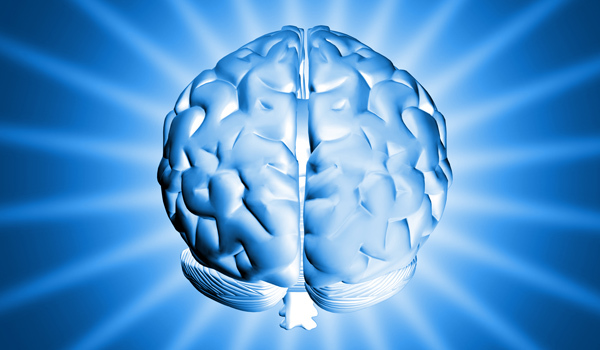Strokes Occurring in Younger Age Groups, Study Finds

More young and middle-aged adults are having strokes, a new study suggests.
In 1994, 12.9 percent of strokes occurred in adults between ages 20 and 55, whereas in 2005, 18.6 percent of strokes occurred in this age group, according to the study of stroke rates in a four-county region of Ohio and Kentucky.
Additionally, the data showed that the average age of people who experienced a stroke fell from 71 in 1994 to 69 in 2005.
"The reasons for this trend could be a rise in risk factors such as diabetes, obesity and high cholesterol," said study author Dr. Brett Kissela, of the University of Cincinnati College of Medicine in Ohio. However, factors such as improved diagnosis may also have contributed to the increase, he said.
"Regardless, the rising trend found in our study is of great concern for public health, because strokes in younger people translate to greater lifetime disability," Kissela said.
In the study, researchers looked at data on all stroke patients between ages 20 and 54 seen at hospitals, clinics and nursing homes during three separate, yearlong periods: July 1993 through June 1994, and the calendar years of 1999 and 2005. Only a patient's first stroke was included in the analysis.
The stroke rate among people over age 75 decreased between 1994 and 2005, according to the study, and other studies have shown a general decrease in stroke rates over recent decades. For example, the Framingham Heart Study reported a decline in stroke rates between 1950 and 2004.
Get the world’s most fascinating discoveries delivered straight to your inbox.
"Any decline in stroke incidence is positive from a public health prospective, but reduced incidence in older ages is counterbalanced by the worrisome trend of younger strokes," Kissela and colleagues wrote in their study. Strokes at younger ages can mean a greater loss of productive life years, and greater health care expenses over time.
The new findings show that the trend toward younger stroke patients was seen in both African-Americans and Caucasians. The yearly stroke rate among African-Americans increased between 1994 and 2005 from 83 strokes to 128 strokes per 100,000 people, according to the study. Among Caucasians, the yearly stroke rate increased from 26 strokes to 48 strokes per 100,000 people over the same period.
Most of these increases were seen in a type of stroke called an ischemic stroke, which occurs when an artery bringing blood to the brain is blocked. (Another type — called a hemorrhagic stroke, which occurs when a blood vessel leaks or bursts — was less common.)
While the reasons for the increased stroke rate among younger people are not entirely clear, the researchers pointed to the findings of a separate survey of people in the region, which showed an increasing percentage had high cholesterol. Data from national surveys also show that rates of diabetes, high cholesterol, and obesity increased over the study period, they said.
"The good news is that some of the possible contributing factors to these strokes can be modified with lifestyle changes, such as diet and exercise," Kissela said.
One question raised by the study is whether the increase is partly due to better diagnoses of stroke, according to two researchers who wrote an editorial accompanying the new study in the journal.
"The progressive adoption of MRI as a diagnostic tool during the study period challenges the validity," of comparing the stroke rates between the early 1990s and 2005, wrote Drs. Sally Sultan and Mitchell S. V. Elkind, both neurologists at Columbia University Medical Center in New York City.
While the researchers tried to account for the increased use of MRI in their study, it likely still had an effect, Sultan and Elkind said.
However, if strokes are affecting more young people, there are public health implications, they said. "If strokes occur at earlier ages, as life expectancy increases, stroke-related disability will increase even more," they wrote.
The study is published online today (Oct. 10) in the journal Neurology.
Pass it on: More people ages 20 to 55 are having strokes.
This story was provided by MyHealthNewsDaily, a sister site to LiveScience. Follow MyHealthNewsDaily on Twitter @MyHealth_MHND. We're also on Facebook & Google+.



